Chile: Ocean-going tugs for the Antarctic
The trend towards equipping navies with high-performance standard support vessels from the civilian sector is continuing around the globe. After Chile decommissioned its deep-sea tug Lautaro at the beginning of 2022, an adequate replacement had to be found quickly to maintain national connections along the 4000 kilometres of coastline and on to the Antarctic regions and stations of Chile. They found what they were looking for in the Netherlands and purchased the offshore supply vessel/tug Havila Neptune, built in 2007 in Leirvik near Bergen in Norway, which can carry a further 2500 tonnes with a displacement of around 3000 tonnes. After a technical refit and colour change from...
Weiterlesen

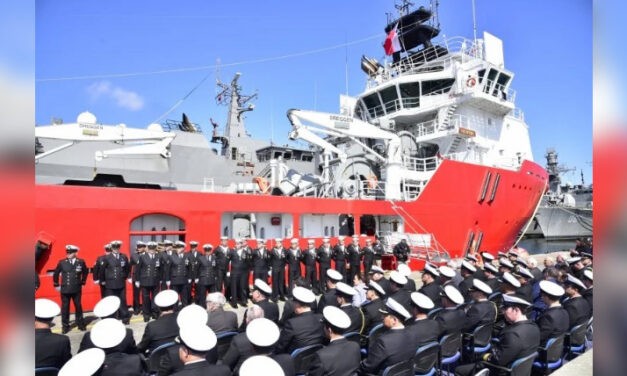
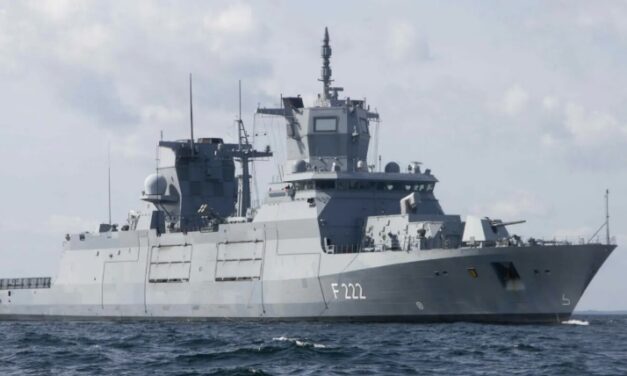
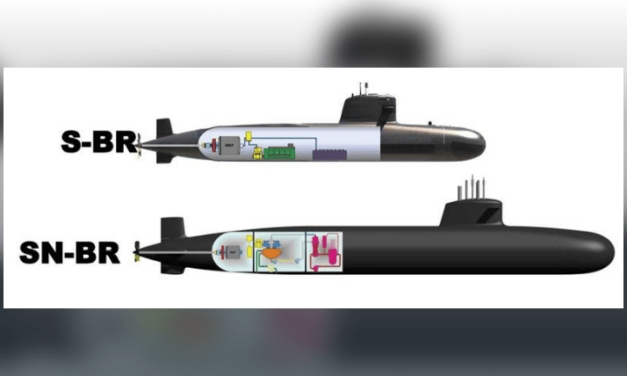
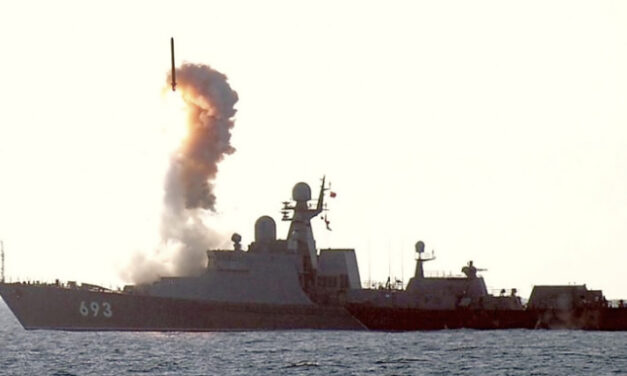
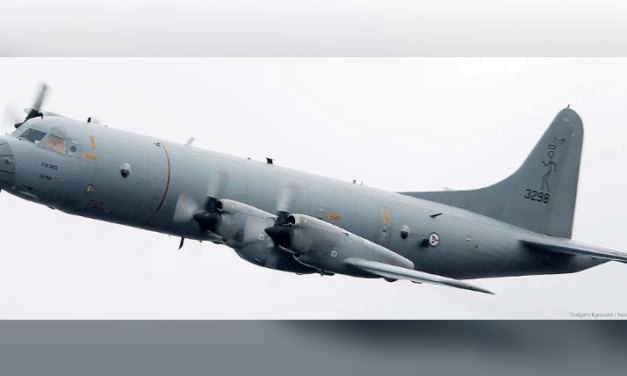
Latest comments